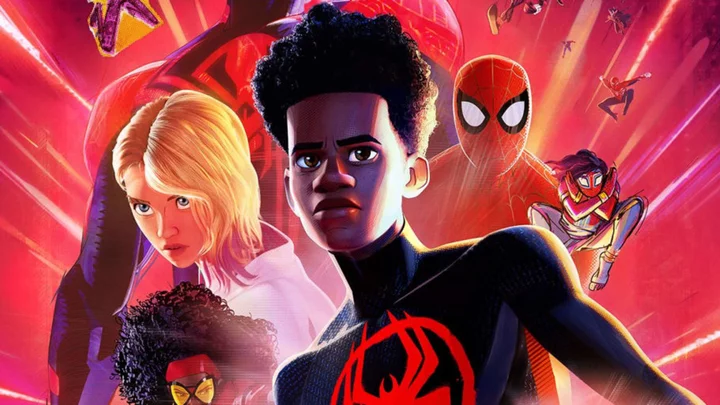
Miles Morales Joins Fortnite: All Items, Price, How to Get
Miles Morales and Spider-Man 2099 are now available for purchase in the Fortnite Item Shop as the Battle Royale begins its Spider-Verse crossover.
2023-05-23 23:57

SNK Devs Talk City of the Wolves, Future Plans
SNK is on a roll. The veteran video game developer had many announcements at Evolution
2023-08-15 04:23
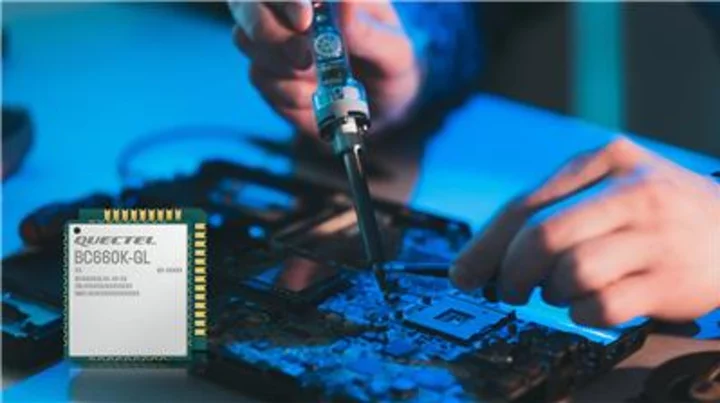
Quectel BC660K-GL module achieves certification for leading Australian and New Zealand networks
SYDNEY--(BUSINESS WIRE)--Aug 16, 2023--
2023-08-17 07:28

RazerCon 2023 Lights Up the Global Gaming Community With Groundbreaking Announcements & Exclusive Partnerships
IRVINE, Calif.--(BUSINESS WIRE)--Sep 21, 2023--
2023-09-22 02:59

Alibaba's new CEO embraces AI and wants a younger management team
Alibaba Group will embrace artificial intelligence (AI) and promote younger people to senior management, its new CEO says, as the e-commerce and cloud giant tackles its most ambitious restructuring in its history.
2023-09-12 17:51

Elizabeth Holmes puts off starting prison sentence yet again
Former Theranos CEO Elizabeth Holmes may have again stalled the date by which she must report to prison by filing another appeal of her fraud conviction. Holmes was convicted by a federal jury of defrauding Theranos investors last year and was sentenced in November to just more than 11 years in prison. Holmes’s attorneys asked that she be allowed to remain free on bail while she appeals her conviction, but a judge declined that request and ordered her to report to prison on April 27. Now, though, it seems the disgraced tech star might not have to begin her prison sentence until June at the earliest. On Monday, her attorney filed a new motion of appeal of her conviction — after which Holmes was granted an immediate stay of her prison-report date, according to NBC Bay Area. The state has 21 days to respond to the appeal, after which Holmes’s defence team will have a further three weeks to file a final motion. After the final motion is filed, the Ninth Circuit Court of Appeals will consider her legal fate. The appeal filed this week is considered a longshot, but while that process is ongoing it is believed that Ms Holmes will remain free unless a judge orders her to report to prison. Holmes was back in the news last week after The New York Times published a long-form profile of her that was panned by a number of readers for its tone and credulity. Some critics, including the poet and essayist Hanif Abdurraqib, noted that Black people convicted of felonies are rarely given the same space to pitch their reformations to the media that the profile gave Holmes. Much of the article focused in part on Holmes as a mother. The former CEO gave birth to her first child in 2021 and her second child sometime around the beginning of 2023. Holmes’s former romantic partner and business partner Ramesh “Sunny” Balwani was sentenced to just under 13 years in prison on conspiracy and fraud counts for his role in the Theranos situation. He began serving his prison sentence last month. Read More Elizabeth Holmes says actors are playing a ‘character I created’ in dramatisations of her downfall Elizabeth Holmes says she’s working on new inventions but admits ‘mistakes’ in first interview post trial OpenAI CEO Sam Altman says AI can go ‘quite wrong’ Regulation ‘critical’ to curb risk posed by AI, boss of ChatGPT tells Congress Sam Altman testifies before Congress saying there is ‘urgent’ need for regulation
2023-05-17 07:46

Marriage proposal at Super Mario World goes viral for Luigi's reaction
A marriage proposal at Super Nintendo World has gone viral online due to the character Luigi’s hilarious reaction. Fans of the Nintendo games have been able to enjoy the Super Nintendo World theme park at Universal Studios in California since it opened in early 2023. For one superfan, he decided it was the perfect time and place for a wedding proposal and the clip was shared online after being caught on camera. In the video, a man and woman could be seen standing between the dressed-up characters of Mario and Luigi. He got on one knee and opened a ring box to pop the question. While the character of Mario displayed the appropriate level of excitement by mimicking a look of excitement and shock, the Luigi character simply stood there with his hands on his hips. When Luigi noticed what was going on, his reaction was still fairly muted and it has left viewers in hysterics. @bellabelli260 #nintendoworld #supermario #proposal #universalstudioshollywood #engagement #happilyeverafter #engagementring #supernintendoworld #mariobros #california #hollywood #supernintendoworldhollywood #supernintendo #peaches #mario #luigi #engaged One person commented: “Luigi: I do not see it.” “Luigi did NOT care,” said another. Someone else wrote: “Luigi not noticing till later is cannon.” Another commented: “LUIGI IS SENDING ME.” Others commented on the sound effects in the background that come from the Super Mario Bros video game. One TikToker argued: “Can you imagine being proposed to and in the background Mario is just blabbing about 'its Mario time!’” Sign up to our free Indy100 weekly newsletter Have your say in our news democracy. Click the upvote icon at the top of the page to help raise this article through the indy100 rankings.
2023-08-17 22:52

Here's the Fortnite OG Map Schedule for All Chapter 1 Updates
The Fortnite OG map schedule throughout November 2023 reveals when all the Chapter 1 updates are coming, including new weapons and POIs.
2023-11-08 00:24

Shoot United Website Offers Updated Platform and New Content to Promote the Shooting Sports
EAST ALTON, Ill.--(BUSINESS WIRE)--Sep 6, 2023--
2023-09-06 22:46
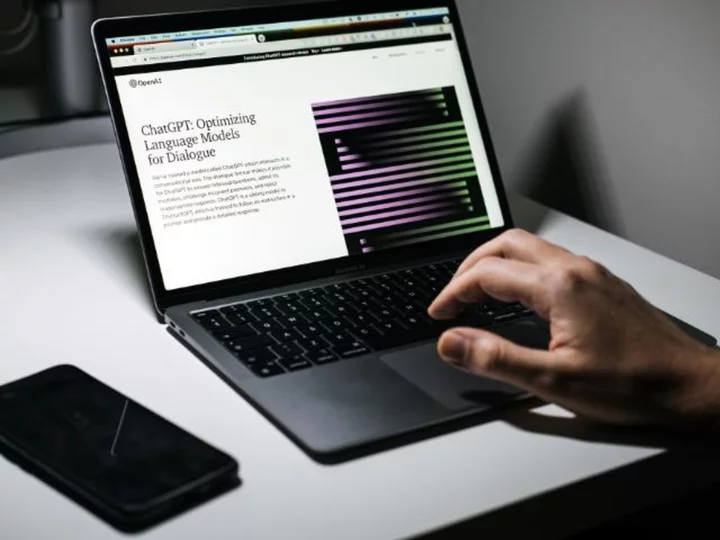
FTC is investigating ChatGPT-maker OpenAI
The Federal Trade Commission is investigating OpenAI for possible violations of consumer protection law, seeking extensive records from the maker of ChatGPT about its handling of personal data, its potential to give users inaccurate information and its "risks of harm to consumers, including reputational harm."
2023-07-13 22:20
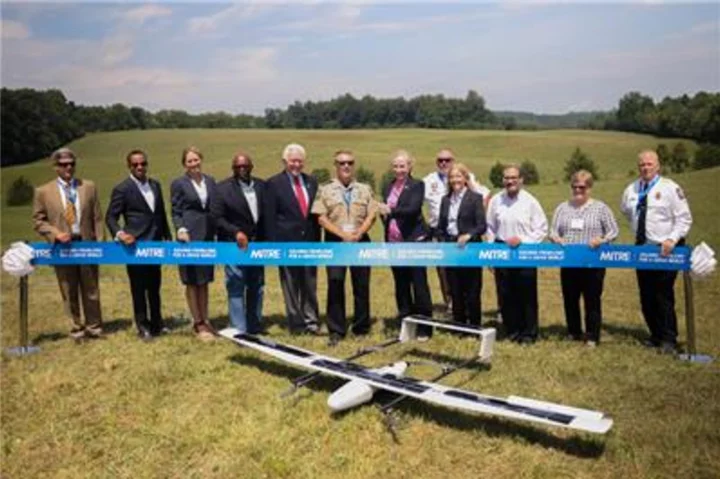
MITRE Opens New Experimentation Range Dedicated to Small Uncrewed Aircraft Systems (UAS)
MCLEAN, Va. & BEDFORD, Mass.--(BUSINESS WIRE)--Aug 15, 2023--
2023-08-16 00:24
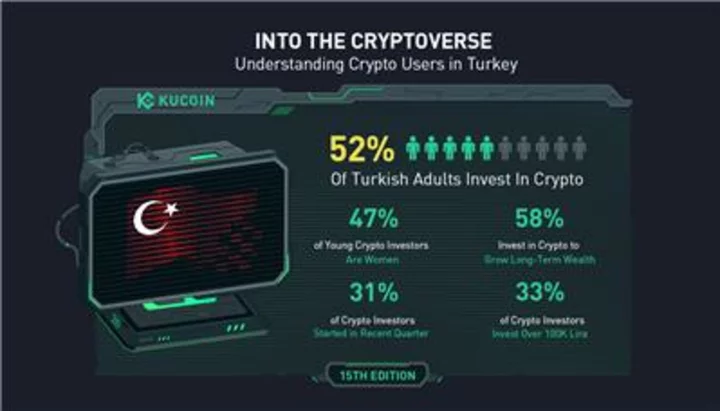
KuCoin's Crypto Report Reveals 12% Increase of Turkey Crypto Investors in The Past 1.5 Years
VICTORIA, Seychelles--(BUSINESS WIRE)--Aug 31, 2023--
2023-08-31 15:27
You Might Like...
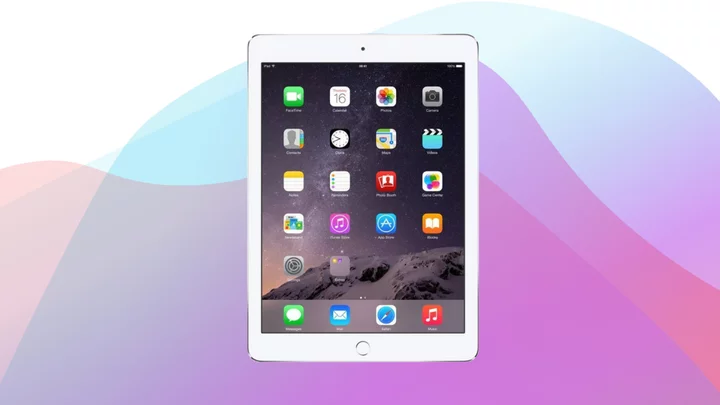
Cut down on costs and e-waste with a refurbished iPad Air, only $180

Get a certified refurbished Kindle for 38% at Amazon

Temu, Shein far lag Amazon as online holiday shopping ramps up
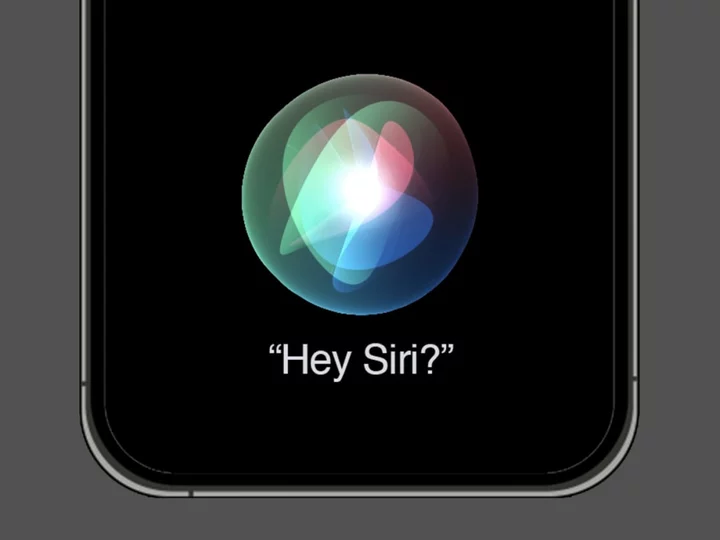
Apple Stock Needs a Win. Here Are 2 Big Ideas.

Fans miss 'singer Katy Perry', slam 'American Idol' judge for 'spamming social media' with brand promotion
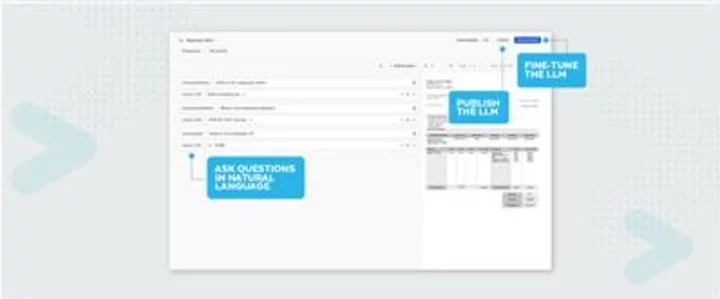
Snowflake Unveils New Large Language Model to Extract Deeper Insights from Documents, While Continuing to Advance Platform Speed and Performance

UAE to Set Up Carbon Registry to Gauge Companies’ Emission Cuts
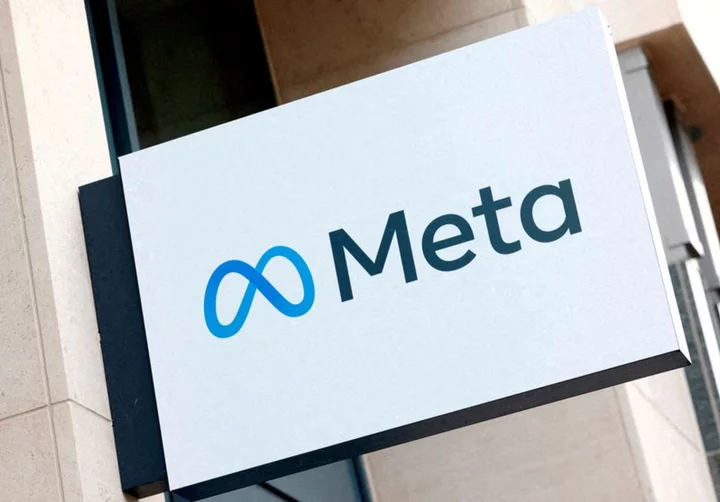
Norway regulator to fine Meta over privacy breaches
